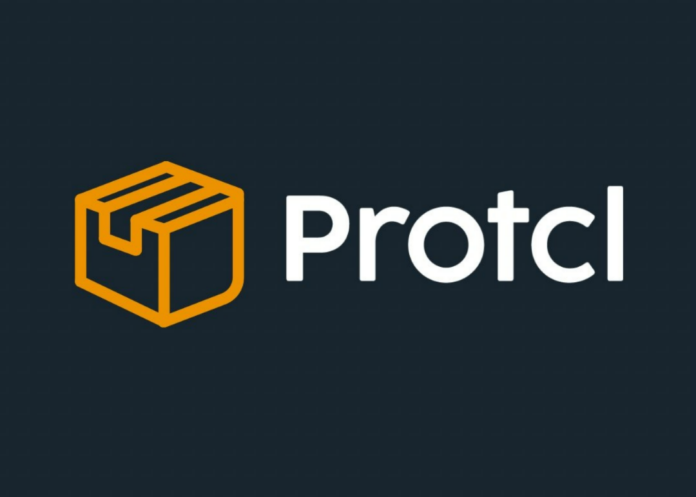agriiProtocol has officially rebranded as Protcl, introducing a fresh identity while continuing to power infrastructure across food systems, co-ops, and real-world data streams. Built by agriiLabs and running on the Internet Computer Protocol (ICP), Protcl is backed by the $PROTCL token and now comes with two key additions: a live dashboard and a white paper that breaks down its technical framework.
The rebrand doesn’t change the core of what the protocol offers—it still supports transparent, verifiable data capture, particularly in areas that require field-based accountability like agriculture and decentralised co-operatives. What the change does offer is clarity. The shorter, cleaner name is part of a shift towards making the protocol more accessible without diluting its technical foundations.
The live dashboard is already up and running, offering a window into submissions made through the protocol. Users can filter activity by app, action type, or search directly by ID or creator. The mobile view has also received attention, with fixes rolled out to make the dashboard easier to navigate on smaller screens. These updates aim to streamline how contributors interact with on-chain data and review submissions across different applications.
The white paper, now published, walks through the architecture, validation logic, and token utility that make Protcl tick. While the tech stack remains anchored in the Internet Computer ecosystem, the team has focused on keeping the white paper grounded—less about grand promises, more about structure, logic, and what the infrastructure can realistically support in its current and near-future state.
At the heart of the project is the Yoma Node, a field device designed to log tasks in a tamperproof way. It’s not built for consumers or casual AI use—it’s intended as infrastructure, plain and simple. The device is aimed at edge locations where digital records are essential but often hard to secure. Patent-pending and currently in concept design, Yoma Node could help make local and remote data entries more trustworthy, especially where real-world claims need proof.
The team behind Protcl hasn’t sugar-coated the rollout either. They acknowledge bugs are part of the process. One developer update admitted that “something almost always breaks with new versions”—a candid note that reflects the hands-on, iterative approach agriiLabs is taking. Fixes for integration with agriiDAO are still in the queue, and support for co-ops will roll out once those pieces fall into place.
Protcl isn’t trying to be the next flashy app or user-facing tool. It’s infrastructure first, designed to work in the background, embedded and ambient. And while the shift into a new name and public tools marks a visible moment for the project, the ethos remains low-profile and utility-driven.
The launch arrives as OpenAI’s move into AI hardware draws fresh attention to physical tech infrastructure. Protcl is clearly leaning in that direction with Yoma Node—focusing less on front-end flash and more on ground-level function. Whether it’s food system tracking, co-op contributions, or data anchored in physical tasks, Protcl is shaping up as a protocol that quietly gets on with the job.
For those tracking Web3’s slow build into real-world sectors, this launch may be worth watching—not for its polish, but for its persistence.


